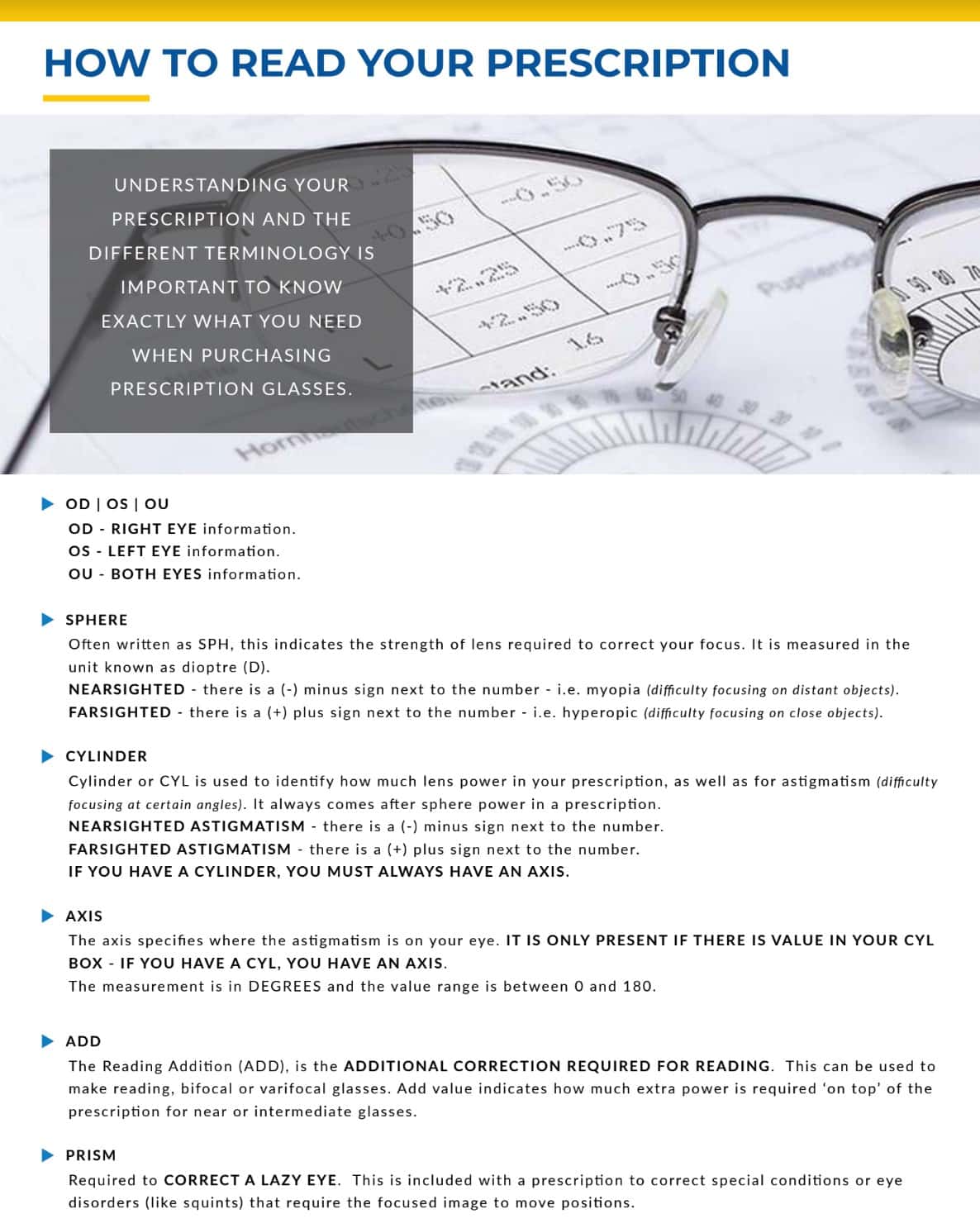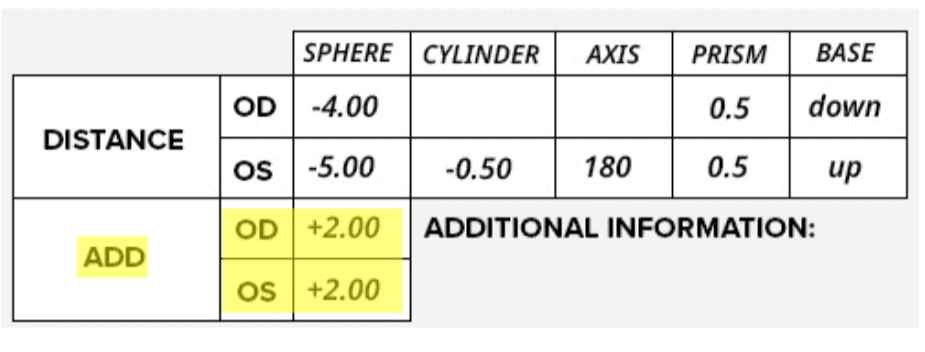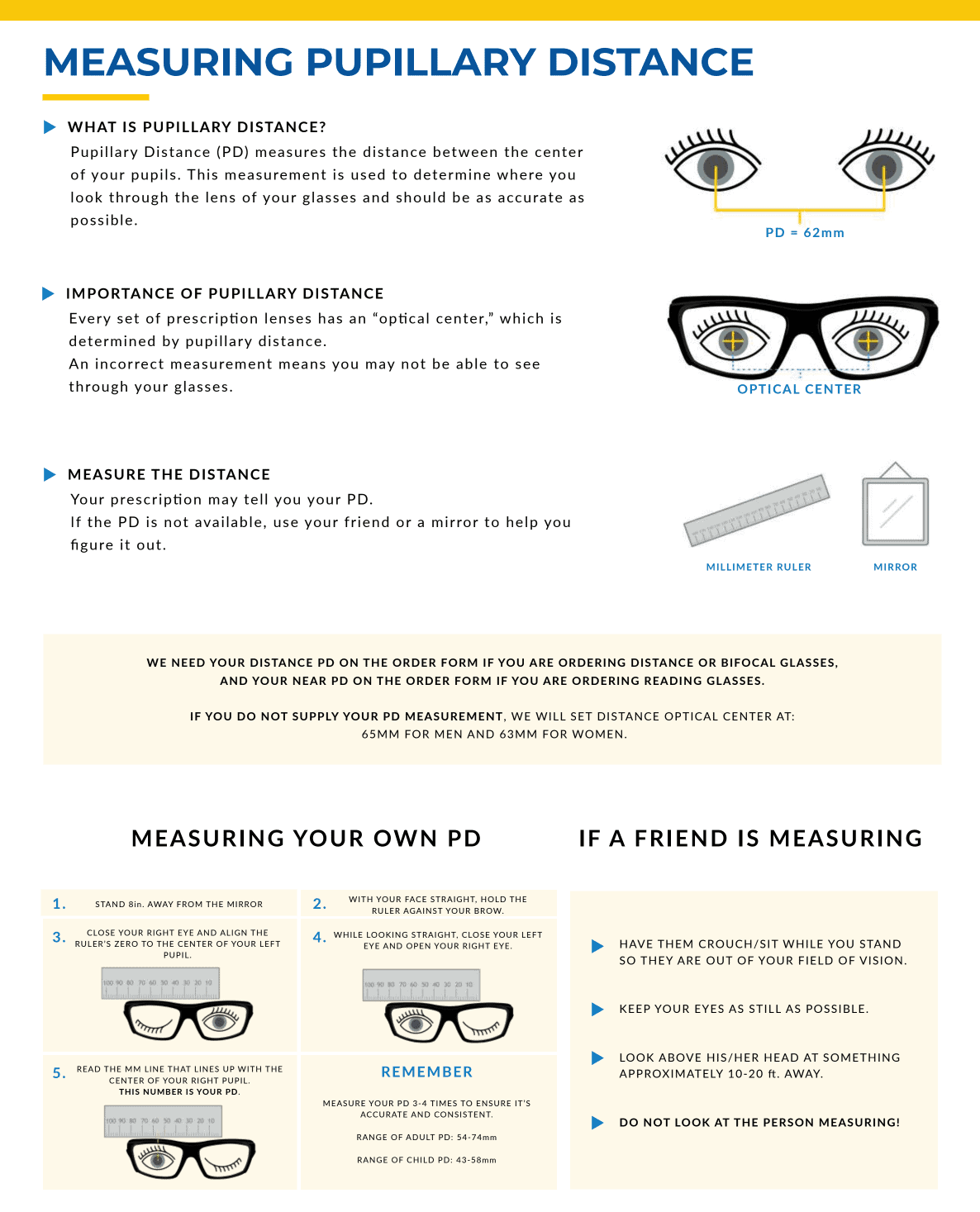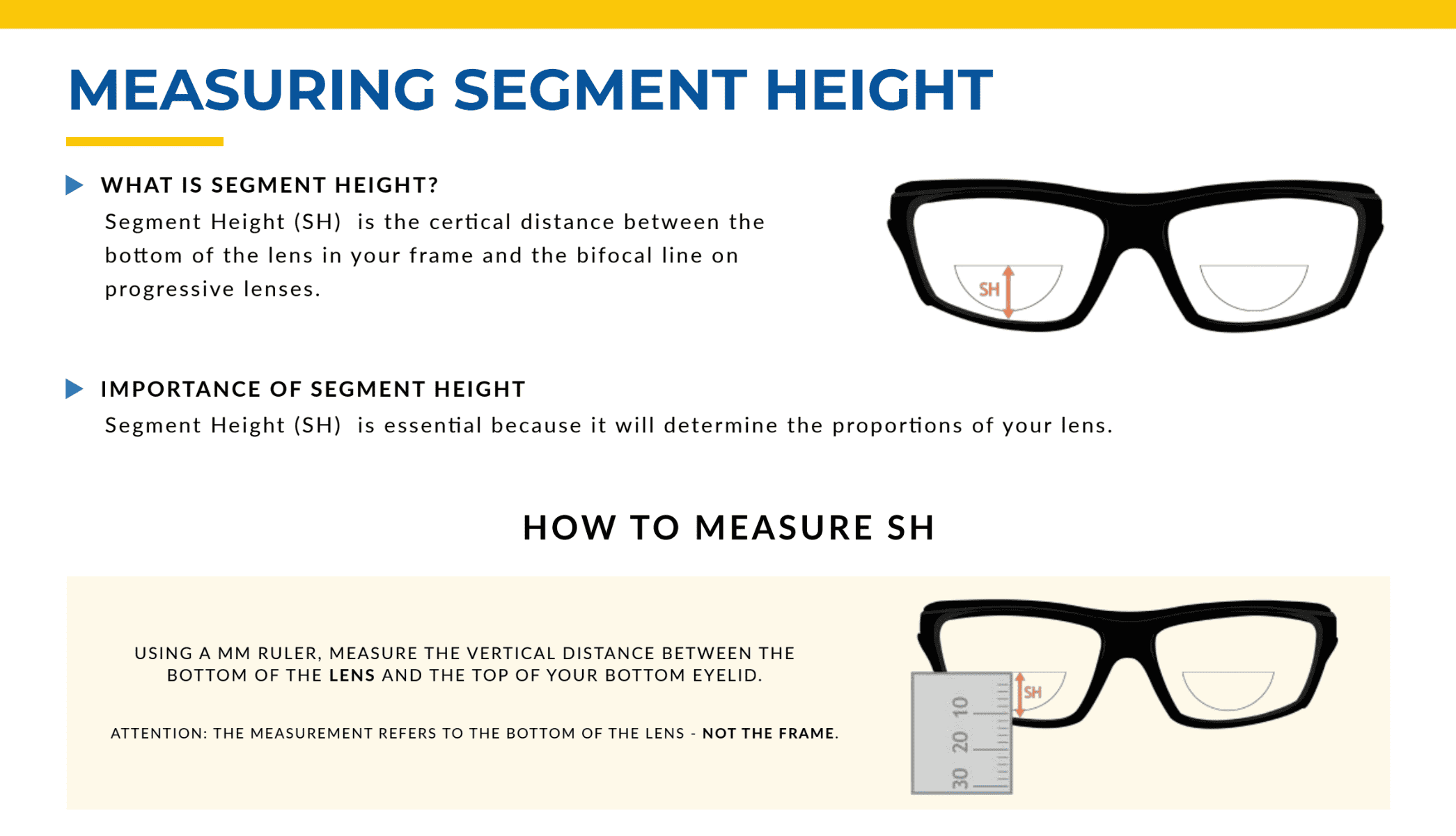ANSI Z87.1 CompliantiPolycarbonate
Polycarbonate, a plastic, is the most impact resistant material available for glasses. Polycarbonate is UV resistant and about 50 times stronger than other lens materials.
Trivex
Trivex is a high impact lens with optical qualities closer to glass lenses. It has an index of refraction of 1.53, the same as glass or standard plastic so high prescriptions will be thicker. Trivex Material has UV protection built into the lens.
High Index Plastic
Lenses correct vision by bending light as it passes through the lens. High index plastic lenses are able to bend light more than the conventional plastic used for lenses. This means that high index plastic lenses are thinner and lighter than conventional plastic lenses.
Standard Glass
Glass is scratch resistant and provides the clearest possible vision. It is heavier than plastic, but is the most durable lens on the market.
1.60 High Index Glass
1.60 High Index glass lenses will be an excellent option for mid-strength or ordinary eyeglasses prescriptions. The 1.60 glass lenses are thinner than standard 1.523 glass lenses and still offer the Highest Optical quality and scratch resistance. These lenses make a great option if you value a thin look and lightweight comfort in your eyewear
1.70 High Index Glass
1.70 High Index glass lenses will be an excellent option for mid-strength or high eyeglasses prescriptions. The 1.70 glass lenses are thinner than standard 1.523 or 1.60 glass lenses and still offer the Highest Optical quality and scratch resistance. These lenses make a great option if you value a thin look and lightweight comfort in your eyewear
1.80 High Index Glass
1.80 High Index glass lenses will be an excellent option for high to very-high eyeglasses prescriptions. The 1.80 glass lenses are thinner than standard 1.523, 1.60, and 1.70 glass lenses and still offer the Highest Optical quality and scratch resistance. These lenses make a great option if you value a thin look and lightweight comfort in your eyewear. If you purchase 1.80 High index lenses, you add an Anti-Reflective Coating to reduce glare.
1.90 High Index Glass
High Index 1.90 Glass lenses are for the strongest prescriptions and are only available for eyeglasses. If your Prescription is not higher than a -8.00 or a +6.00 1.90, lenses are not for you. 1.90 Lenses are the Highest index lenses offered on the market. We Only Recommend 1.90 glass lenses for frames with small lenses to reduce the weight of your glasses because we've found that overall eyeglass weight plays a significant role in overall comfort.
Price: $10.00
Scratch Coating
A scratch resistant coating is often applied to surfaces that are not inherently scratch-resistant, like CR-39 plastic, polycarbonate, or Trivex. It adds a barrier of protection that hardens the surface against both large gouges and smaller scratches, which can build up and crisscross to add a hazy appearance to lenses. If your lenses are formed from any material other than glass, a scratch-resistant coating will increase their productive lifespan.
Price: $10.00
UV (Ultra-Violet) Protection Coating
UV light is invisible to the human eye but can, in excess, cause retinal burning and scarring. Most sunglasses are already designed to block a high level of UV radiation; other lenses, depending on their function or lens material, may also block some UV rays. If your lenses do not specifically state their UV screening level and you spend time outdoors, an additional UV coating will offer protection and peace of mind. Anti-UV treatment is not necessary on polycarbonate lenses because it is an inherent property of the material.
Price: $50.00
Anti-Fog Coating
An anti-fog coating works by chemically affecting the adhesion of water molecules, preventing them grouping into larger clusters that can impair vision. If your glasses are frequently exposed to temperature changes or humid conditions, you’ll likely want an anti-fog coating to help combat condensation. The same goes for anyone who engages in strenuous activities such as physical labor, participation in sports, or exercise. Any activity that causes your body temperature to fluctuate will likely lead to lens fogging.
AR (Anti-Reflective) Coating
Anti-reflective coatings eliminate the distracting glare that can be produced by light when it reflects through your lenses. Anyone subjected to direct or indirect reflections – especially those who spend a lot of time around computers and electronic monitors of any type, suffer from eye strain, or who drive at night – will likely enjoy the benefits of glare reduction. Due to the high reflective properties of high index lenses, an anti-reflective coating is recommended, and is practically mandatory for high index lenses made of glass. (Note: AR coating is not good for outside glasses, dusty dirty environments and or constant cleaning.) The lenses must be wet before they are cleaned.
Anti-Reflective with Blue Blocker Coating
Blue Light Plus AR coating is applied in a vacuum coater. The recipe contains anti-static layers, as well as an oleophobic layer to make the glasses easy to clean and stay smudge free. The Blue Light protection is applied to the front side of lens for protection from HEV at 440-480nm. A blue hued AR stack is also applied to the backside of the lens for maximum glare reduction. The coating’s blue hue makes the lenses more attractive.
These lenses will have a light YELLOWISH tint. If you are looking for a virtually clear lens, order the Blue Blocker with Clear Lens Tint and our standard Anti-Reflective (AR) coating.
Prescription
×
How To Read Your Prescription

×
BiFocal ADD
Bifocal lenses are designed to correct vision for two different distances, typically near and far, in a single lens. The "ADD" in "Bifocal ADD" stands for "additional" or "additive." It represents the additional power needed to correct near vision in bifocal lenses.

×
Pupil Measurements
The pupil distance is the distance (measured in mm) between the center of your pupils when looking far away in the distance. All prescriptions require a pupil distance (PD) measurement. Your PD remains constant (does not change) and is usually on record at your eye doctor. The average PD for an adult male is 65mm and female is 63mm. The PD may be noted as a (two-number) monocular measurement somewhere between 26mm – 36mm; the first number denotes the right eye. You may also have a distance and near PD, as your pupils are slightly closer when looking at a book or something else near your eyes. See our video on how to measure your pupil distance.

×
Segment Height
The segment height is the distance (in millimeters) from the bottom of your lens to the top (or beginning) of your bifocal. For lined (Flat-Top) bifocals, your segment height is generally measured from the bottom of the lens to the top of your bottom eyelid. For progressive (no-line) bifocals, your segment height is measured from the bottom of the lens to the center of your pupil. We recommend leaving segment height blank for lined bifocals as the standard height works for most people. For progressives, it’s a good idea to order the frame first to get the measurement just right. If you prefer to leave the information blank, we will make the segment height standard for the specific frame that you ordered. Our lab has over 50 years of optical experiencing with creating progressive lenses. We use a very accurate progressive lens formula that is precisely calculated to the frames you order. Our formula is accurate in most cases.

/* Modal Styles */
OR FILL OUT YOUR PRESCRIPTION BELOW
Right Eye (OD) Measurements
Left Eye (OS) Measurements
BiFocal ADD
Pupil Measurements
Other Measurements
(If you have any questions or comments about your prescription, type them here)
I'll provide my own
I’ll provide my own” means you are opting to purchase your own shipping label. After you complete the checkout process, we will email you detailed instructions on the next step(s).
Prepaid
Prepaid means VS Eyewear will email you a prepaid shipping label after you complete the checkout process.

